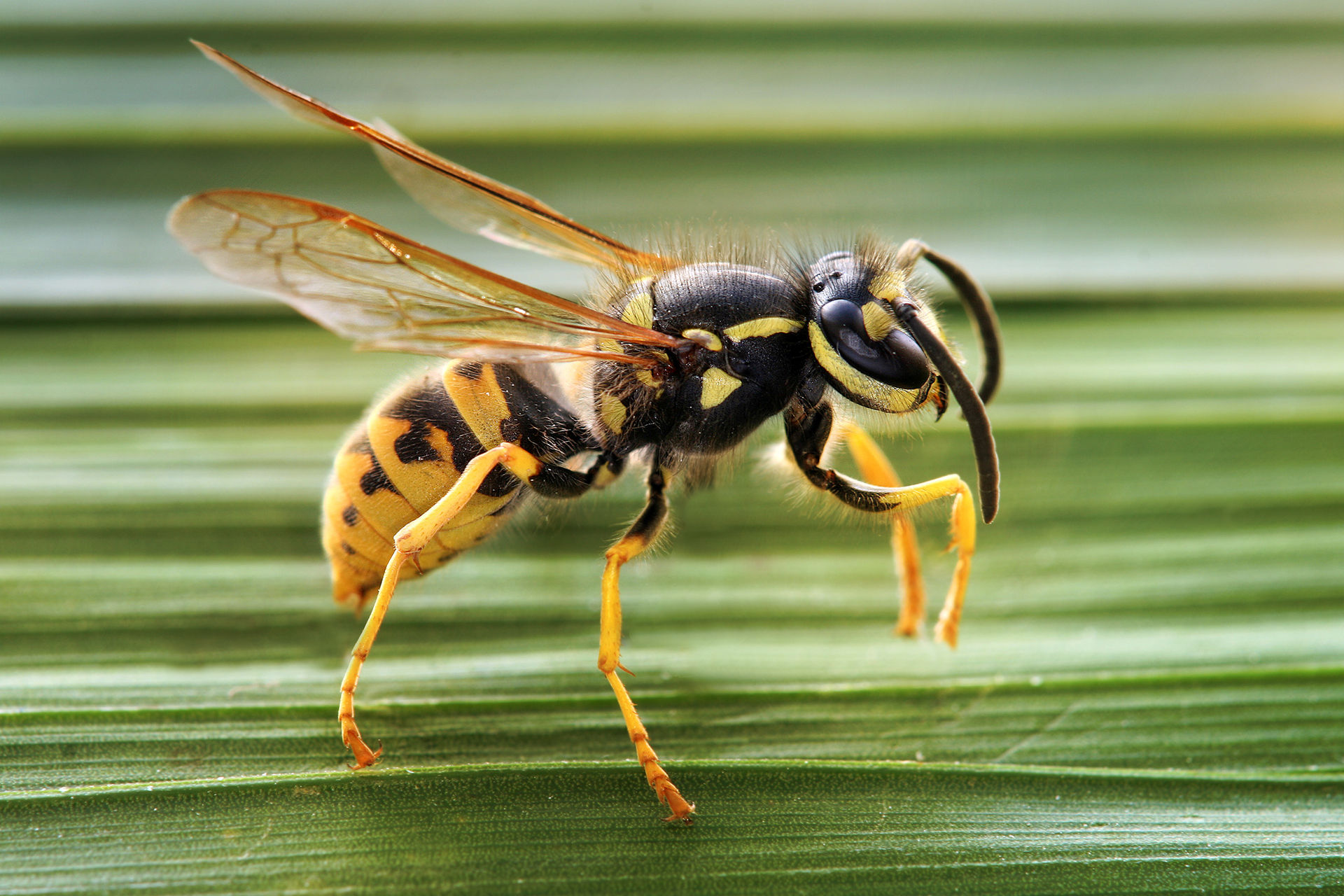 |
| Coco0612, Educ 323, CC BY-SA 4.0 |
I cringe when I hear that phrase, as well as its close relative, tolerance, particularly when they are touted as societal ideals. I believe we can do much better. I believe we must do better if we are to create and maintain a safe, inclusive and globally aware community of learners.
To me, political correctness is much like putting on a mask and pretending not to hold stereotyped prejudices (or downright bigotry), or that it's OK to not learn more about the differences of others. To be fair here, sometimes it might be a matter of time and exposure--perhaps there just hasn't been a chance to do better; particularly for an individual who has never met a person with said difference. However, much can be said about the attitude with which people approach those with differences. In most cases, I believe that being politically correct simply allows people to use the benefits of someone who is different than them without showing them respect beyond the very basic etiquette required of public or business dealings. It is like covering one's eyes and waiting for something undesirable to go away--there is a part of you who knows it exists, but you really wish it would just go away or be done with so you can get on to more interesting or important things. I believe this sort of thought pattern is dangerous, and can lead to the phenomenon we see in which white people fail to see racism as a problem in North America (yes, Canada, we too have a racism problem, and it involves our indigenous people as well as other visible minorities). If political correctness were represented as such in books and movies, it would involve tokenism and stereotypes, with all of the main roles being taken by the dominant group.
One step better than political correctness is tolerance, in which people agree to ignore or overlook differences in order to get by when they must interact. It might contain an inner message such as "I like you despite this one part of your identity". It doesn't necessarily imply that someone is using the other for their own benefit, but it also requires no more than the basic recognition that there are differences in race, religion, socio-economic factors, politics, gender identity, gender expression, sexuality, sexual orientation, age, etc. It requires no discourse, conversation or understanding beyond what is immediate to the circumstances of necessary interaction. If tolerance were to be represented as books and movies, there would be some effort made for representation of a variety of groups, but those would usually play minor roles with the main roles being taken by the dominant group. Some stereotypes would remain.
Rather than promote the above superficial methods of dealing with people who are different in some way, my goal as a parent and teacher is to promote dialogue leading to understanding, acceptance and compassion. I will never be an Hispanic man. I will never be an Inuit child. I will never be a Syrian refugee. I will never be a black transgender woman. I will never fully grasp the experiences of those who are. But I can listen, learn and, albeit to a limited degree, empathize with the experiences and perspectives of those who are, and I can teach my children and my students to do the same. This doesn't mean that we have to believe what others believe, or follow their cultural traditions, or in any other way emulate them; it simply means that we need to look a little closer with our eyes, our ears, our brains and our hearts to better understand their world view. By connecting as humans with others and sharing a larger group membership, be it as a classroom, a local community or a national identity, we all become richer, stronger, and learn to understand and communicate effectively for the benefit of all. If understanding, acceptance and compassion were represented as books and movies, there would be a rich mosaic of representation, with individual characterization and situation replacing any stereotypes.
Some related thoughts on this topic are well articulated in the Ted Talk, "The Danger of a Single Story" by Chimamanda Adichie: https://www.ted.com/talks/chimamanda_adichie_the_danger_of_a_single_story
Since this is a particularly volatile topic at the present moment, I will not be allowing comments on this particular post. Yes, I do see some irony in that decision, but I will stand by it nonetheless.



.jpg)









_(6134653740).jpg/800px-Paper_Wasp_(Polistes_major)_(6134653740).jpg)




















